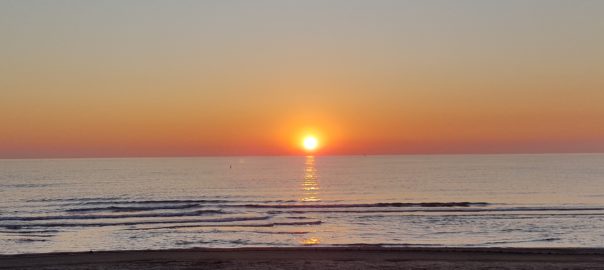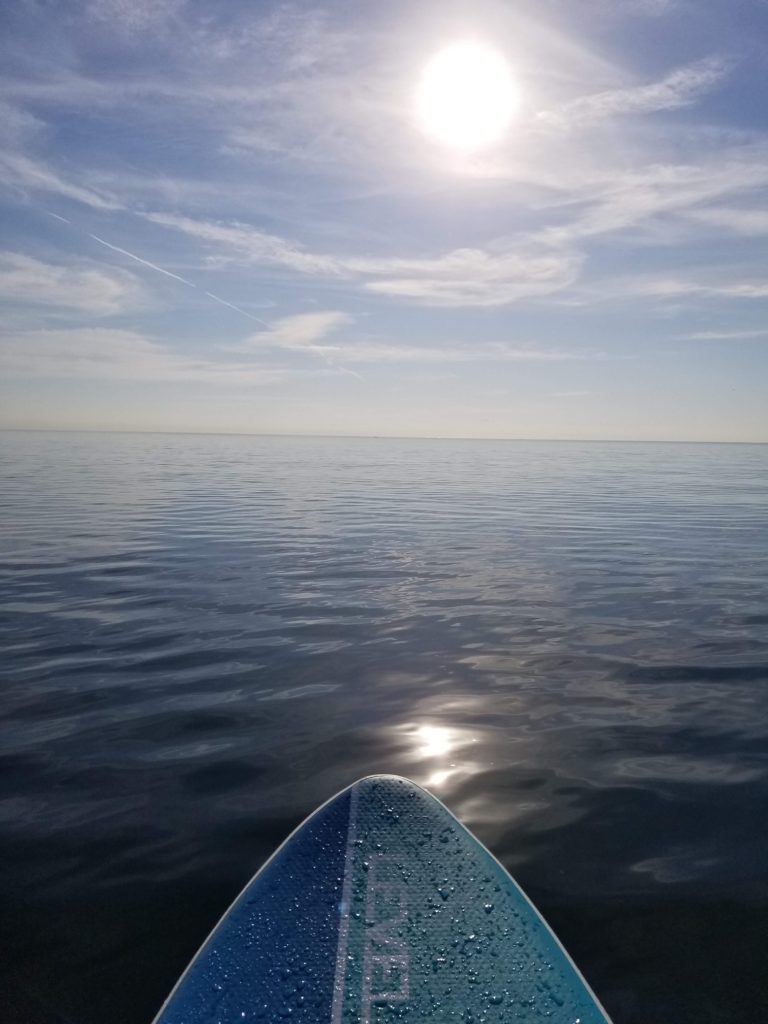Stand up paddle boarding or “SUP” has increased in popularity around Oakville, Burlington and Halton. We are so close to lake Ontario, 16 mile creek, Christie Lake, and other fun places to explore.
We see lots of Facebook groups popping up which is such a perfect place to share information and tips.
Some frequent concerns are trying to avoid falling in, how to get back on a board after falling, and importantly how to initially stand up on your board.
Another complaint we see is of the arches of the feet fatiguing quickly as well as pain in the shins after standing on the paddle board.
Most of the “help” for these problems comes from looking at the underlying problem. The body is ill prepared for the new activity.
Things Needed to Stand on a SUP:
- Lower body strength – how do you usually get up from the ground. Do you climb your legs with your hands? Do you use the furniture or walls? Do you avoid going down to the ground because it is difficult to get up? Lower body strength is needed to stand up on the paddle board (think a lunge from the ground or a deep squat on an unstable surface). Lower body strength and endurance in the hips, thighs and calves is needed to stay standing and to compensate with waves etc.
- Upper body strength– climbing onto the board from in the water is like a dip. This uses your chest and triceps. If laying flat on the board, you will need to push back onto a hands and knees position. This is like a pushup.
- Vestibular sense. Your inner ear, neck, eyes and brain work together to tell you where you are in space, how fast you’re going etc. Feedback is given to your muscles to help correct your position. If something is off in the system staying standing on a SUP board may be challenging.
- Proprioception – we have sensory apparatus around our muscles, joints and tendons that help in a similar way to the vestibular system. It sends messages to the brain or spinal cord where we can react and accommodate movement and position change if needed.
- Core strength. I’ve left this for last because in many ways this is the one think that people assume they lack when they have trouble starting off on the SUP. While this may be true it is often the complete picture of the above. It is the coordination of messages being sent and received as well as strength and endurance. Hip strength and coordination of moving the paddle and arms away from the body is about reaction as well as strength.
- Foot Strength – leading up to SUP season it is helpful to strengthen these small muscles in addition to working on the above. To start, try walking around the carpet and grass in bare feet!
How can a Physio help with my SUP pains and goals?
A Physiotherapist will work with you and develop a program based on your goals and abilities. If you are recovering from an injury or are just starting activity that includes SUP, a Physio can get you ready to feel good while on the water and after!
Contact our North Oakville clinic to book an appointment with one of our awesome sports focussed physiotherapists!
- Did you know most insurance companies cover part or all of your physio assessments and treatments?
- Did you know Physiotherapists are able to treat people virtually? Because a lot of what we do is education and exercises our Physios are able to treat people virtually (Telehealth) anywhere in Ontario.
- Did you know we are able to direct bill to most insurance companies for Physio and Massage? (Check with your individual insurance situation.)



